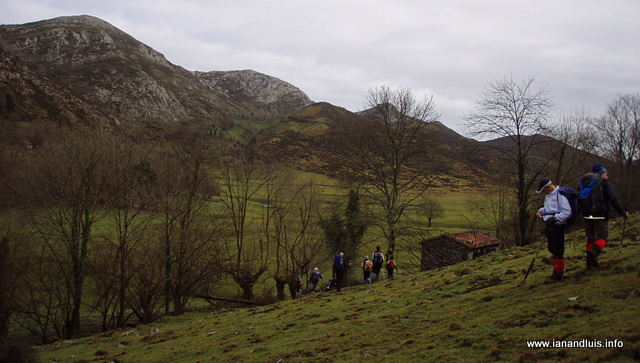It has been an eventful few days. Our previous post about finding a drenched and exhausted bat provoked a lot of comment and advice both on the blog and on social media sites. We also contacted various organisations in Spain and the UK that support bat education, research and rescue. In addition we contacted Seprona (Servicio de Protección de la Naturaleza). The advice offered was mixed, some helpful and some not so helpful. In the end we made a decision that we would follow our instinct of minimal intervention and as early release as possible.
We continued to offer honey and water via droplets out of a syringe and made available finely minced cat food and meat jelly. The tiny bat took little and spent most of the days resting underneath cloth in a plant terrarium on the cool balcony. Our thinking was a couple of days to recuperate, then rehouse in a bat box and let nature take its course.
I built a bat box with instructions and specifications found here (something we have been meaning to do for some time), and made the decision that we would temporarily, position the box up high on our workshop window ledge; some 4 meters of the ground. The time came when there was a break in the weather and the temperatures had risen...
Time to relocate the bat to its new home and wait and see. We gently moved the little bat (a pipistrelle we think) and helped it climb up into the sanctuary of the new bat box. It slowly climbed higher and higher into the box. From the ground we could just about see it.
Much to our surprise and delight, about an hour later whilst Luis was taking a look through binoculars, the bat eased its way down and took flight. Fortunately I was close at hand and we both watched as it soared with ease and made its way to rocky outcrops and woodlands just across the field next to our house. This is ideal territory and we hope that it found refuge and that it has a second chance to live a fruitful life. Pipistrelles can live 6 or so years.
The next time we see bats diving and gliding in the soft yellow light of the local street lamps we will no doubt remember our encounter with this delightful creature and consider what a privilege it has been to spend a few days caring for it. The next job is to make further bat boxes and install them around our plot. We'll keep you informed in further posts.
We continued to offer honey and water via droplets out of a syringe and made available finely minced cat food and meat jelly. The tiny bat took little and spent most of the days resting underneath cloth in a plant terrarium on the cool balcony. Our thinking was a couple of days to recuperate, then rehouse in a bat box and let nature take its course.
I built a bat box with instructions and specifications found here (something we have been meaning to do for some time), and made the decision that we would temporarily, position the box up high on our workshop window ledge; some 4 meters of the ground. The time came when there was a break in the weather and the temperatures had risen...
Time to relocate the bat to its new home and wait and see. We gently moved the little bat (a pipistrelle we think) and helped it climb up into the sanctuary of the new bat box. It slowly climbed higher and higher into the box. From the ground we could just about see it.
Much to our surprise and delight, about an hour later whilst Luis was taking a look through binoculars, the bat eased its way down and took flight. Fortunately I was close at hand and we both watched as it soared with ease and made its way to rocky outcrops and woodlands just across the field next to our house. This is ideal territory and we hope that it found refuge and that it has a second chance to live a fruitful life. Pipistrelles can live 6 or so years.
The next time we see bats diving and gliding in the soft yellow light of the local street lamps we will no doubt remember our encounter with this delightful creature and consider what a privilege it has been to spend a few days caring for it. The next job is to make further bat boxes and install them around our plot. We'll keep you informed in further posts.
 |
| Our first bat box |

















































